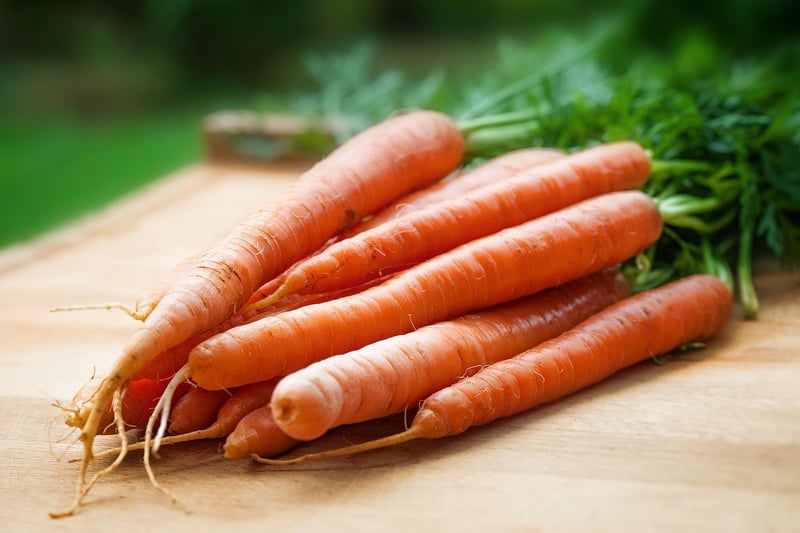Sharing Excess Produce
The Power of Collaborative Urban Spaces in Sharing Excess Produce

Urban spaces are not just concrete jungles; they are also hubs of creativity, community, and sustainability. One of the remarkable ways urban residents are coming together is through collaborative urban spaces where they share excess produce from their gardens and farms. This movement not only promotes local food production but also fosters a sense of camaraderie and environmental consciousness.
Benefits of Collaborative Urban Spaces:
- Community Building: Collaborative urban spaces provide a platform for neighbors to interact, share knowledge, and build lasting relationships.
- Sustainable Practices: By growing and sharing fruits, vegetables, and herbs locally, urban communities reduce their carbon footprint and promote sustainable living.
- Food Security: Sharing excess produce ensures that no food goes to waste and helps address issues of food scarcity in urban areas.
- Health and Wellness: Access to fresh, organic produce encourages healthier eating habits and promotes overall well-being among community members.
How It Works:
In collaborative urban spaces, individuals or groups cultivate gardens or small farms in shared areas such as rooftops, vacant lots, or community gardens. As the plants grow and produce fruits and vegetables, participants can share their excess harvest with others in the community. This can be done through organized swaps, communal markets, or simply by leaving produce in designated areas for neighbors to take.
Getting Involved:
If you are interested in joining a collaborative urban space or starting one in your area, here are a few steps to get you started:
- Connect with local community gardens or urban farming groups to see if they have any existing programs for sharing excess produce.
- Reach out to your neighbors or local community center to gauge interest and support for starting a collaborative urban space.
- Organize a meeting to discuss goals, responsibilities, and guidelines for sharing produce within the community.
- Start planting and cultivating your shared garden, and enjoy the fruits of your labor while building a stronger, more sustainable community.
Collaborative urban spaces are not just about growing food; they are about cultivating connections, fostering sustainability, and nourishing communities from the ground up. Join the movement today and be a part of a greener, more vibrant urban landscape!
Image Source: Pixabay
